

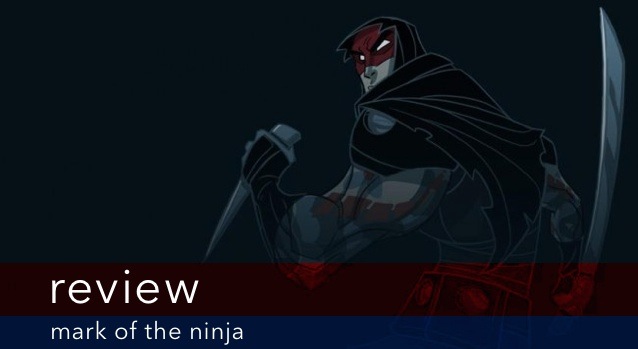
Can you rely on fate? The premise of Mark of the Ninja is that you have been chosen as the champion of a clan of ninja, but this title comes with tattoos that give both enhanced abilities and a slow descent into madness. Add to this story a 2D scrolling exploration that includes stealth among its primary directives, and you have a curious meshing of principles and storytelling techniques.
The term ‘stealth game’ has a mixed heritage that serves to draw either the ire or adulation of a group of people. With Mark of the Ninja, Klei Entertainment has removed a few obstacles, while adding in some elements that enhance the entire experience. Being in 2D, there is one less plane about which to worry. You have your X- and Y-axis, and places to blend, but no real worry about that pesky Z. At the same time, this being in the style of a platformer, the game is careful about how it gives you information.
We are perhaps accustomed to being able to see everything that is supposed to be on screen in a platformer. With Mark of the Ninja, you can see what your character could theoretically see. If a sand storm blows up, your visibility is reduced. If there is a closed door in front of you, you may need to lean against it to see what’s on the other side. Visually and aurally, the game aids you, but it does not give you everything freely. That guard on the level above you leaves behind footstep sounds. Likewise, you will make those footstep sounds while running, though you will never do so while taking a more plodding, methodical sneaking approach.
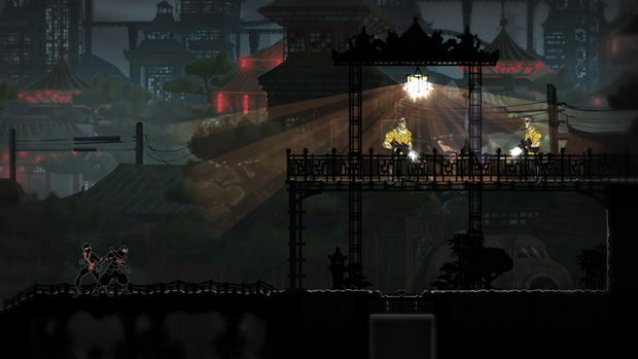
Mark of the Ninja (Xbox Live Arcade)
Developer: Klei Entertainment
Publisher: Microsoft Game Studios
Released: September 7, 2012
MSRP: 1200 Microsoft Points
The question, of course, is whether or not you can rely on the information you are given. Behind what you can see might be a trap that is just lying in wait. You may only see one guard, sneak into a room, and run right into a second one that was waiting in the wings and is making a patrol round. Klei Entertainment toys with the thought of what we can trust. Can we empirically trust our own experiences? Can we accurately predict the true nature of the challenge in front of us?
This folds further into the narrative. While playing late at night, it kept occurring to me that I felt I was reaching the end of my objective, though it was just a mirage that made me stumble punch-drunkenly forward to the next objective. I was at that equal state between weariness and acute-awareness, much as I felt the protagonist was at being strung along and along in a plot of twists that keeps marching forward until it inevitably slows to a saunter before completely ending.
However, to deal with all this, you are given options. The map you have is explorable in various ways. There is often more than one route from where you stand to your objective, and while the design does bottleneck at times, it only does so when it has a puzzle you need figure out before progressing. The majority of my time was spent debating rushing forward or taking my sweet ninja time and methodically checking every grate, sewer, and air duct. The latter typically won.
These options also translate into what tools and abilities you have before you. Perform well on levels to earn the currency of the game in order to buy upgrades to perform more nifty tricks in order to get more points and this carrot-on-a-stick method of approaching the game becomes mesmerizing and strings you along as you combo from one stealthy spot to another, only to find yourself with the perfect opportunity to perform an assassination no one sees. Ultimately, you feel like a bad ass, despite being able to be gunned down rather quickly. This can also translate into going for a no-detection, no-kill victory through an entire level, a possibility many stealth die-hards or fans desiring a challenege will surely appreciate.
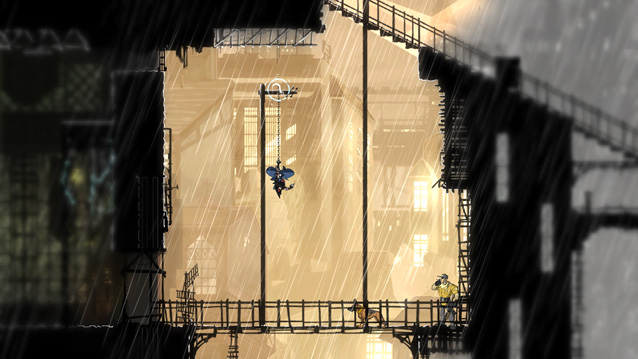
If you do happen to be gunned down, or fail an objective, checkpoints are plentiful. While I would say this is a wonderful advent to an indie console game that does not have my love for the quick-save at hand, this caused me a few problems where it would checkpoint me into a state where I would automatically fail upon reloading (it happened in at least three discrete moments). It was fairly rare in the overall experience, but enough of a downer that I did walk away from the game a few times in order to let it sit. It is a testament to the explorability of the game that I was able to return with few ill feelings toward the entire package, however.
While the particular style used in the cutscenes was not to my taste, I found the actual game’s solid color palette and bold lines (often undercut with more subtle ones) to work incredibly well to convey the mood and information I needed at any given point. Which is ultimately why Mark of the Ninja worked so well for me: whenever I made a mistake not related to checkpoints, I knew what I had done wrong. Again, the game plays with the ability to give us information, but always gives enough that there is an obvious lesson to learn. Do not walk into open spaces when you were just shot by a sniper.
There are choices to be made in the game, which seem binary in nature. However, the entire nature of the game builds itself into this duality. Light and dark can be used as tools depending on where you are and what room you’re in. The question of fate and what you are destined to do is complicated by how you see things. Do you trust what you see, or do you question everything that is brought before you? The choices made are not ultimately groundbreaking in nature, but serve to underscore the entire thematic content that Klei is presenting us.



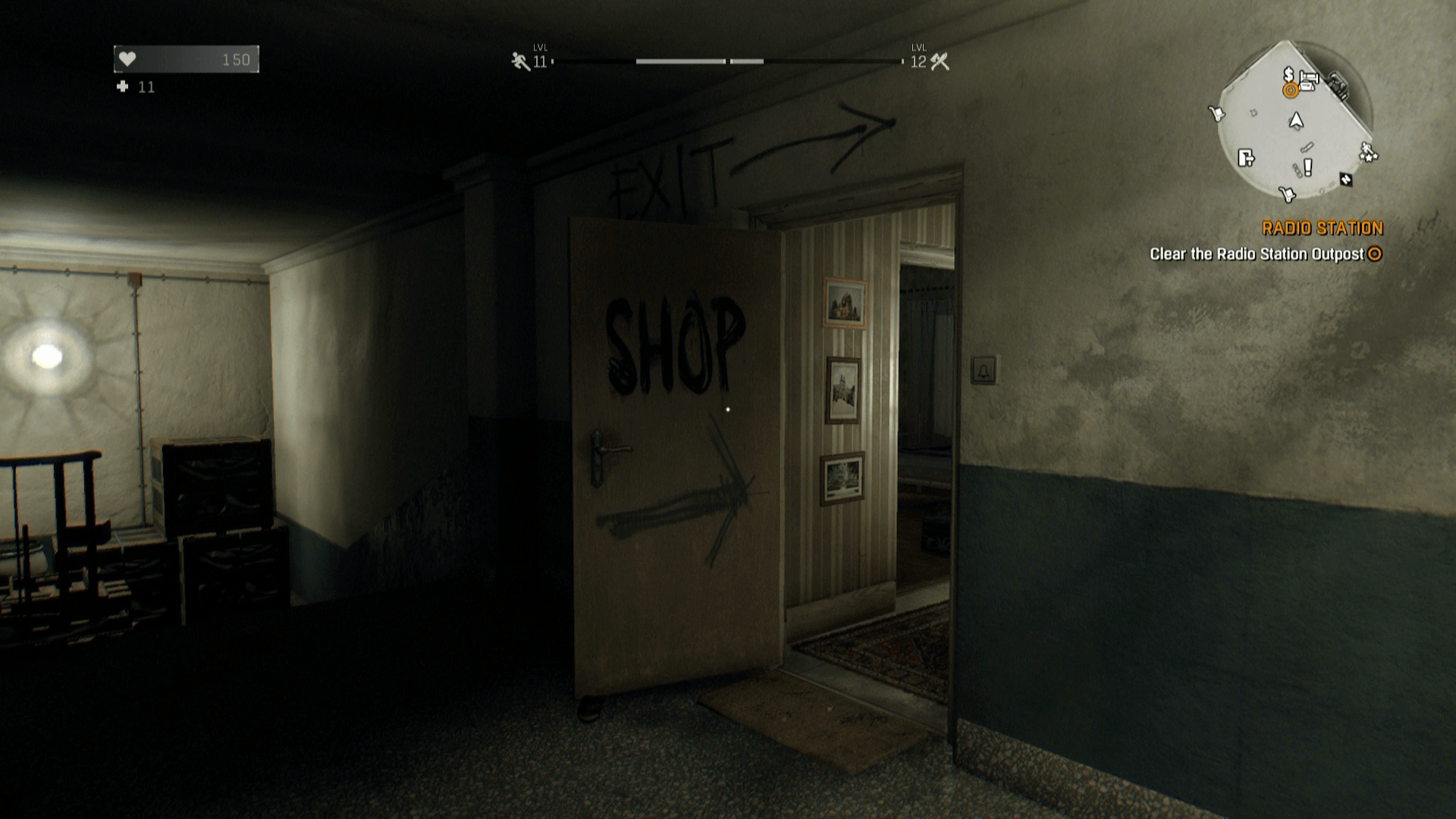

 Quantum Conundrum Preview: Now Youre Thinking Outside the Portal!
Quantum Conundrum Preview: Now Youre Thinking Outside the Portal! Trine 3: The Artifacts of Power (PC) early access review
Trine 3: The Artifacts of Power (PC) early access review Xbox One: tips to Fix Crashes and Errors in games
Xbox One: tips to Fix Crashes and Errors in games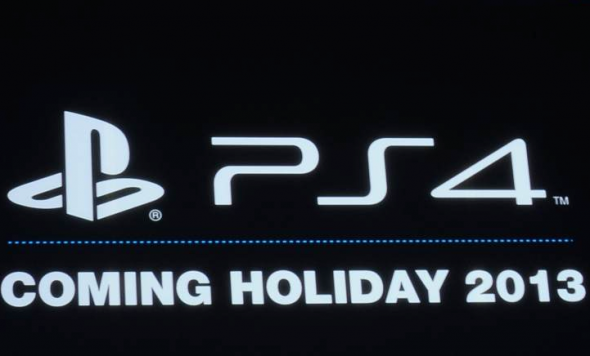 Should You Buy A Next Generation Game Console At Launch?
Should You Buy A Next Generation Game Console At Launch? Locked In Bathroom 2 Walkthrough Guide
Locked In Bathroom 2 Walkthrough Guide